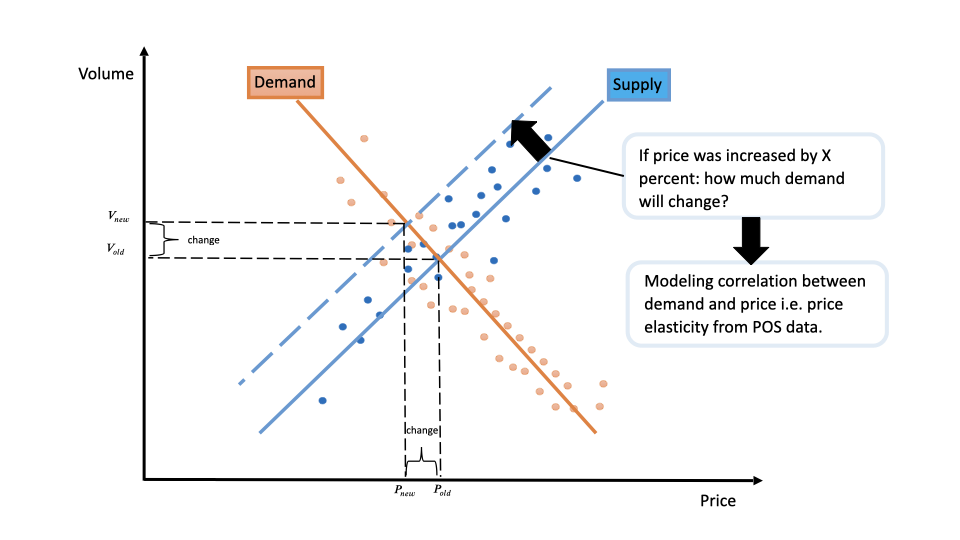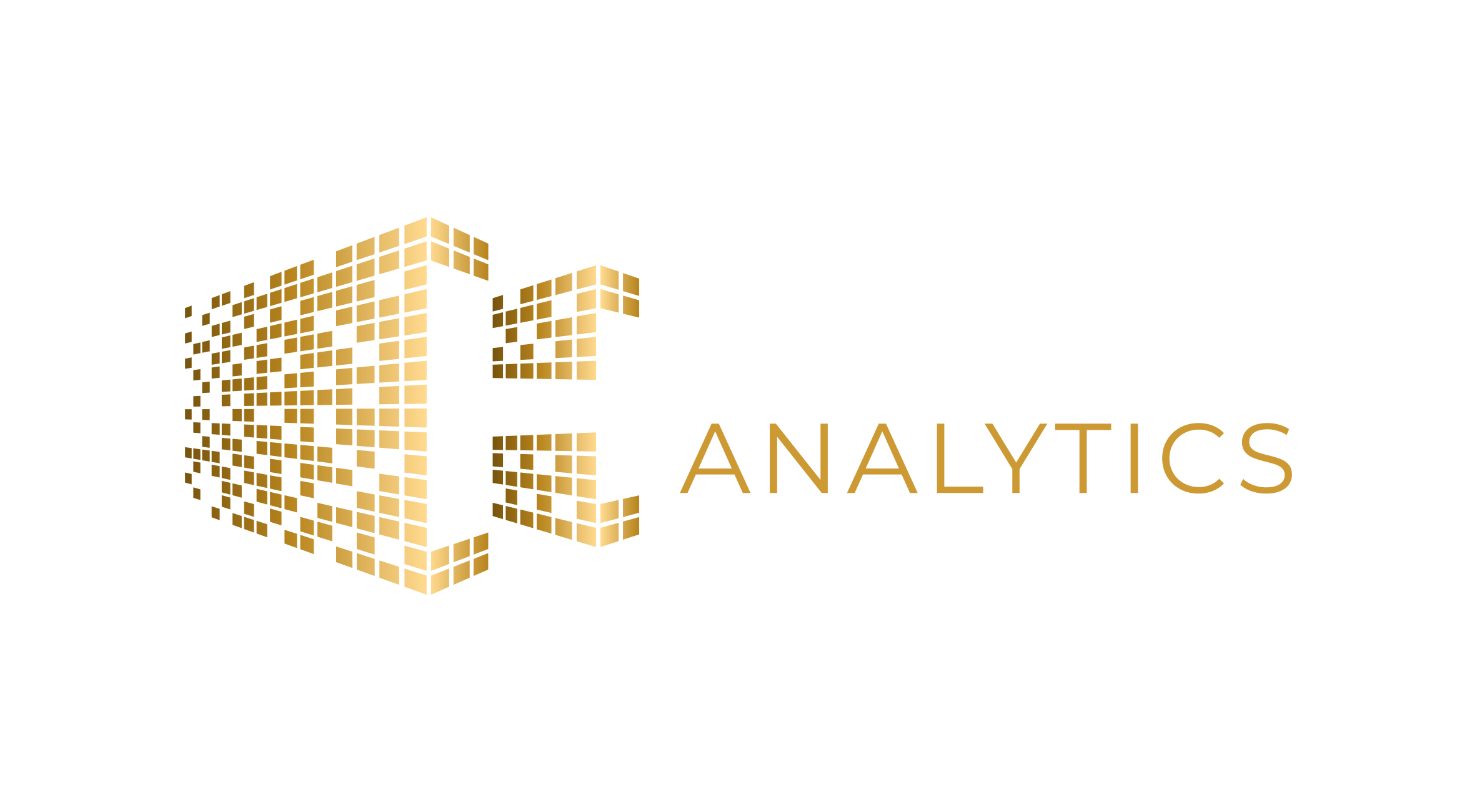How to set prices to address local demand and tackle competition
Pricing is one of the central decisions and a key to your business's profitability. It should correlate with local customer preferences and your competition.
That’s the simple and straightforward part.
What makes things a bit more complicated nowadays is customers.
Consumer behavior is fragmented – and it varies over time and place. The optimal product-price combination for one is not optimal for another.
What’s more, the product range has exploded and the frequency of new launches has accelerated. That’s lead to more intensive competition.
When everything’s transparent, thanks to the internet, there’s a lot to consider when you’re setting the prices.
Case example - discount retailer
Discount retailer with some 150 stores wanted to improve their price-setting process. They assumed that they are selling certain products at too low prices whereas some others might be too expensive compared to the competition.
With price optimization the retailer gained an understanding of individual products’ price elasticities as well as competitor pricing.
As a result, the retailer could see which products had to be sold with reduced prices and which products’ pricing could be increased – despite the competitors’ actions.






